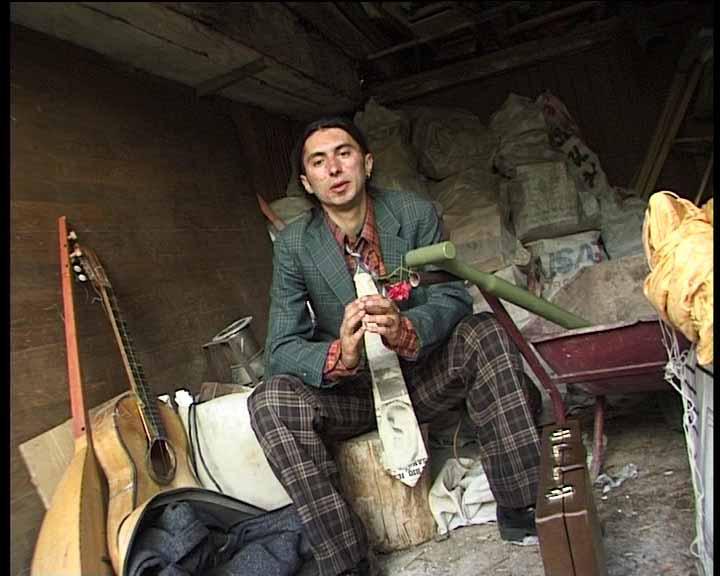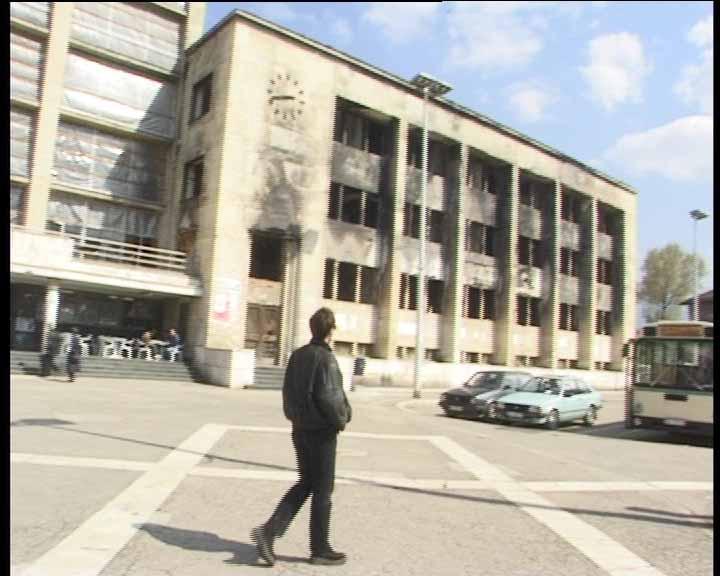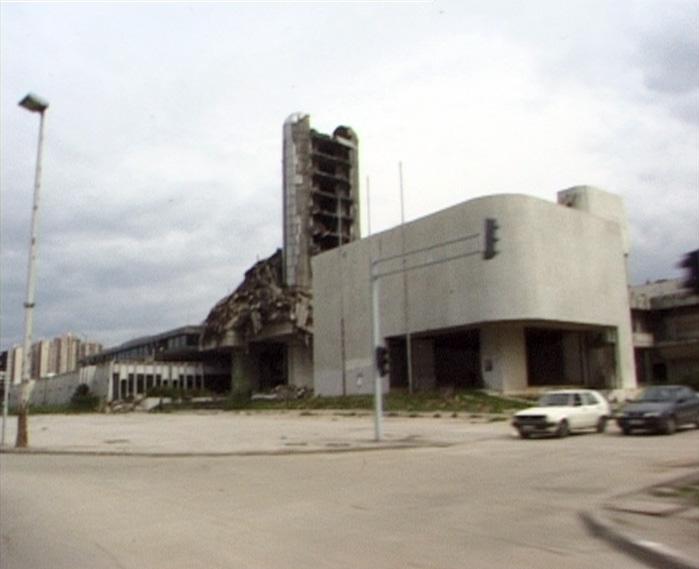City after the War: Sarajevo
The most conspicuous remnant of a war is the damage to a cityŽs buildings, squares and infrastructure. Material destruction can be repaired, according to the most common assumption, but what happens when the damage reaches much deeper than pockmarks in a buildingŽs façade, affecting more than just its skeleton? Can a cityŽs cosmopolitan spirit be damaged in such a way that repair is no longer conceivable? In his opinion, says Bogdan Bogdanovic at the beginning of the film, Sarajevo was a city from 1001 Nights. Later, he claims that the highest form of urbanity is the development of a philosophy which is specific to an individual city. But: SarajevoŽs spiritual and intellectual treasures suffered the most damage during the war. The result is a hopeless situation, a tragedy.What Bogdanovic determines in the name of the past is reflected in the cameraŽs searching movements and the commentary on SarajevoŽs present provided by a few residents. Life has become mere survival, many good people are gone, as are many good ideas and a great deal of money. Three years after the wars end, trains still do not pass through Sarajevos station. In other words the bridges have been burned: those to the past, those between its residents, and those to Europe. All of them have been destroyed in the same way as the Old Bridge in Mostar, for which Bogdanovic wrote an obituary in 1993: "The first and last words were wrested from the city born under the sign of the bridge, and its death, I fear, is irrevocable." (Vrääth Öhner)
Stadt nach dem Krieg. Sarajevo
1999
Austria
50 min
Documentary
not specified



